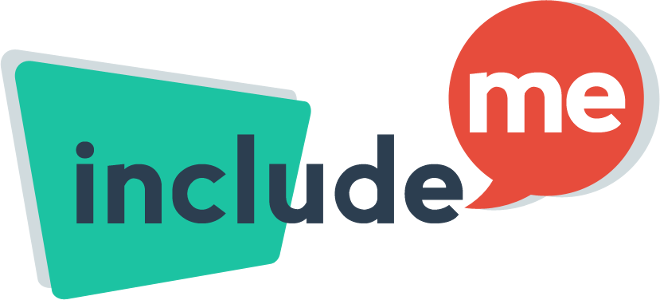Length of session
LEARNING OBJECTIVES
- Identify the difference among passive, aggressive, and assertive communication and behaviors.
- Understand the impact of passive, aggressive, and assertive communication and behavior on self, others, and a group’s ability to work well together.
- Express annoyance in a direct, honest, and respectful way.
- Improve their ability to make assertive statements to express annoyance.
- Identify a personal situation where they can use an assertive statement.
Materials Needed
Visual means for recording ideas
(paper, chart paper, or white/chalk board and markers/chalk)
Paper and pencils or pens
(optional)
Demonstration and Discussion
duration of activity
Ask participants
to think of a time when someone did something that hurt their feelings or made them angry. Ask them to raise their hand if they had one of these two responses:
They didn’t do anything, but felt badly.
They did something to get back at the person, such as shouted or threatened the person.
- What might happen to your relationship with a person if either you or the other person responds aggressively when your feelings are hurt or you are angry?
- What might happen to your relationship with a person if either you or the other person responds passively when your feelings are hurt or you are angry?
Tell participants there is a more effective way to communicate than being aggressive or passive. It is called “assertive communication.”
Ask participants
Facilitator Input, Demonstration and Discussion
duration of activity
Describe the verbal and nonverbal behaviors of “assertive” communication.
Use culturally appropriate characteristics. Create a visual listing the characteristics of assertive communication as you describe them:
Verbal
Gives opinions without forcing people to accept them,
Uses a calm voice,
Asks questions to understand
Non-verbal
Listens as well as talks,
Maintains comfortable eye contact as culturally appropriate,
Justifies ideas with facts
Tell participants
there are three parts to an assertive statement when you want to tell someone he or she has hurt your feelings or annoyed you. Explain the three parts:
- Describe what the person did.
- Tell why it is a problem or annoying you.
- Tell what you wish the person would do.
for including the three parts:
When you_____________ (describe what the person did),
It is bothersome because__________________ (tell why) .
I wish you would ____________(tell what to do instead) .
E.g. “When you borrow money and don’t return it,
it is bothersome because I need money for food and other things.
I wish you would return it by the end of the day.”
Share a simple formula
Discuss
with participants the impact of assertive communication on the relationship. Include the following points:
- Builds a positive relationship
- Makes customers happy
- Shows a boss you can communicate with workmates
- Promotes respect for self and others
- Builds teamwork and cooperation
that using the three parts to an assertive statement allows you to communicate your feelings in a polite manner even if it feels like you are “talking back” to the person. Having the three parts of the statement in mind will help you keep your communication positive. Lead a discussion by asking participants:
What situations can you think of where using an assertive statement might not be appropriate?
But may be assertive communication that is done well would be OK in these situations. Add the following situations if participants have not named them.
Explain
Choose
those that are appropriate for the culture and situation in which you are working:
Someone is in a position of power. For example, an employee may not be able to speak directly to a supervisor in this way without permission. The person is older or elderly. Someone is threatening you.
Carefully discuss the first situation listed above: Someone is in a position of power. Provide examples of situations when responding assertively might be appropriate. For example, if a supervisor criticizes a person for talking to a co-worker when the person was trying to help the co-worker with his or her job, it may be appropriate to use assertive communication to clarify the circumstances.
Facilitator’s Note
Paired Practice
duration of activity
Divide the group into two groups of equal size. Then, ask participants to find a partner in the opposite group. Ask each pair to decide which person will be the spokesperson and tell the large group their assertive statements. Display the visual listing the three parts of an assertive communication statement.
Ask the pairs to develop an assertive statement for the situation below.
“You have told your friend at work that you like filing documents for your supervisor and that you would like to do more filing. Later, you see that same friend doing some filing for your supervisor.”
After the pairs have developed their assertive statements, ask for volunteers to tell their statements. Ask the other participants to listen for the three parts of an assertive statement.
Clarify or correct any of the statements as needed.
Ask participants
Why do you think this situation is important to address or discuss?
Summarize by stating that this type of situation can impact how people get along at home, on the street, at work or in a business. If conflicts are not resolved or managed, individuals may feel angry toward one another, and their anger will hinder their friendship and their ability to work together.
Paired Practice and Discussion
duration of activity
Have participants think about someone who has annoyed them and what he or she did. Ask them to develop an assertive statement they might use with this person and share it with their partner.
Encourage participants to practice assertive communication with as many co-workers, supervisors, friends, and family members as possible in situations where something is bothering them.












Recent tips